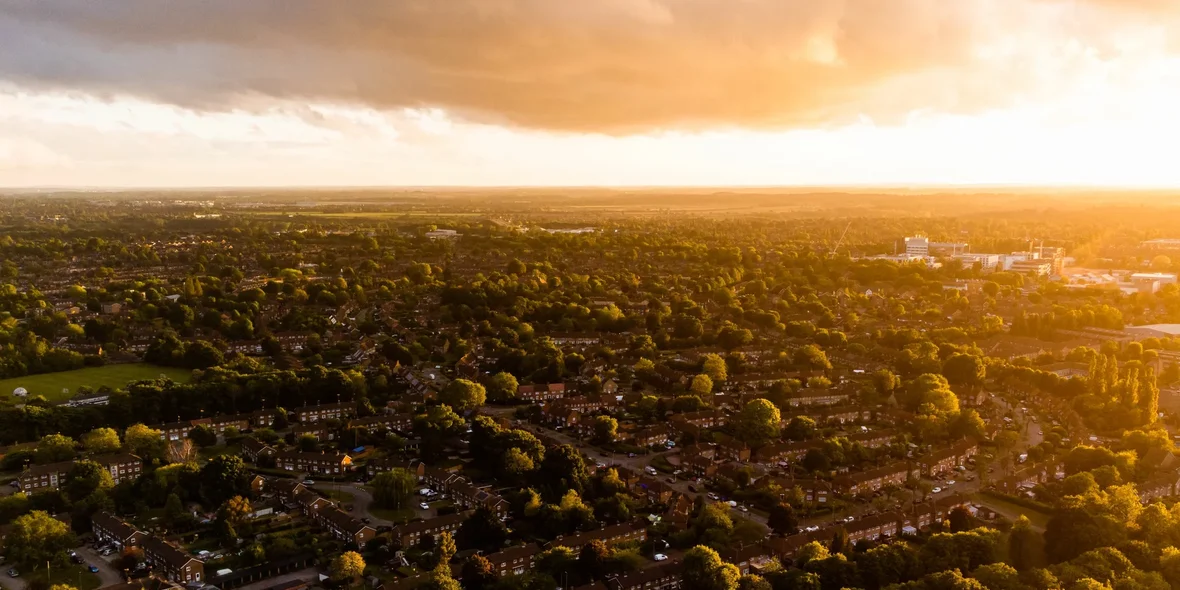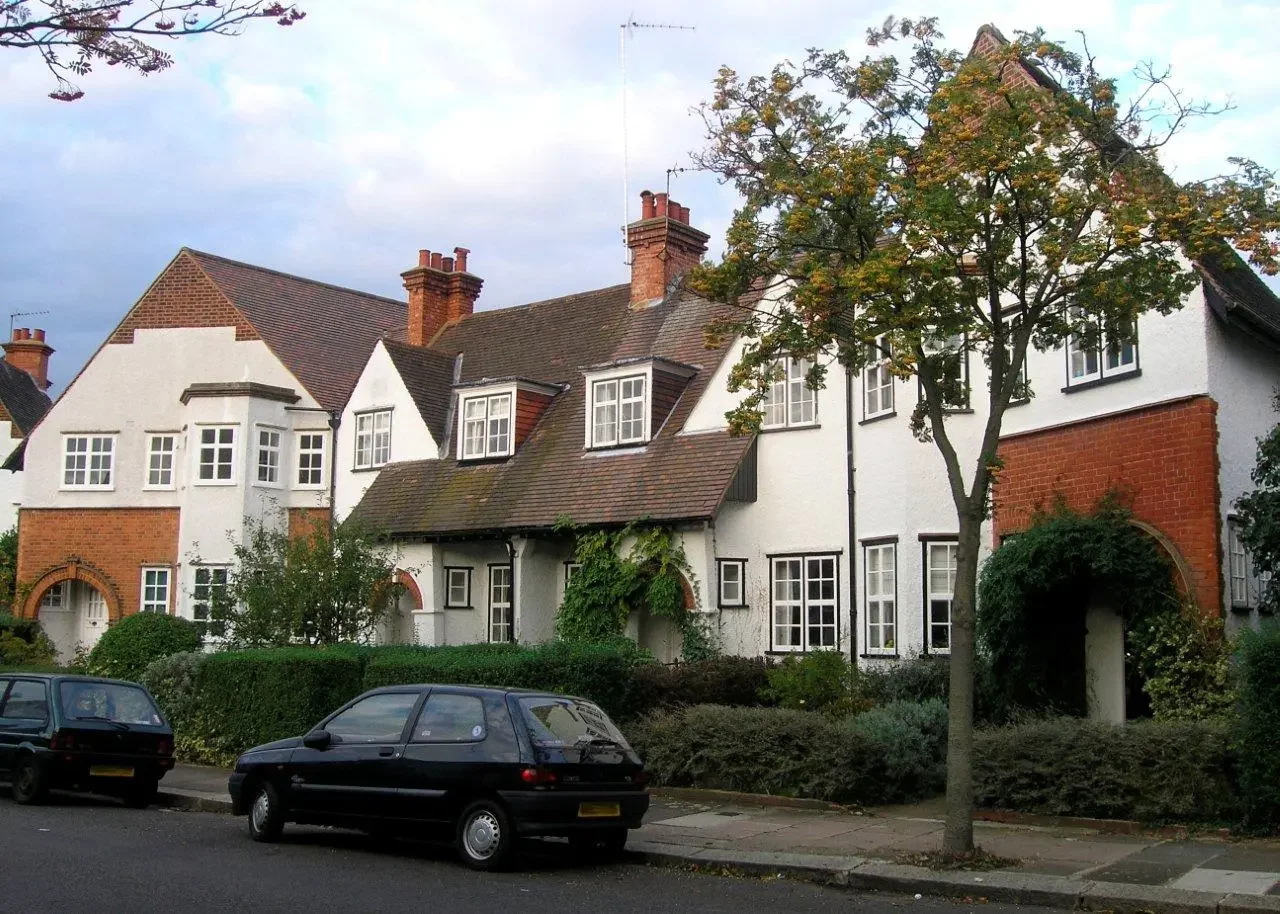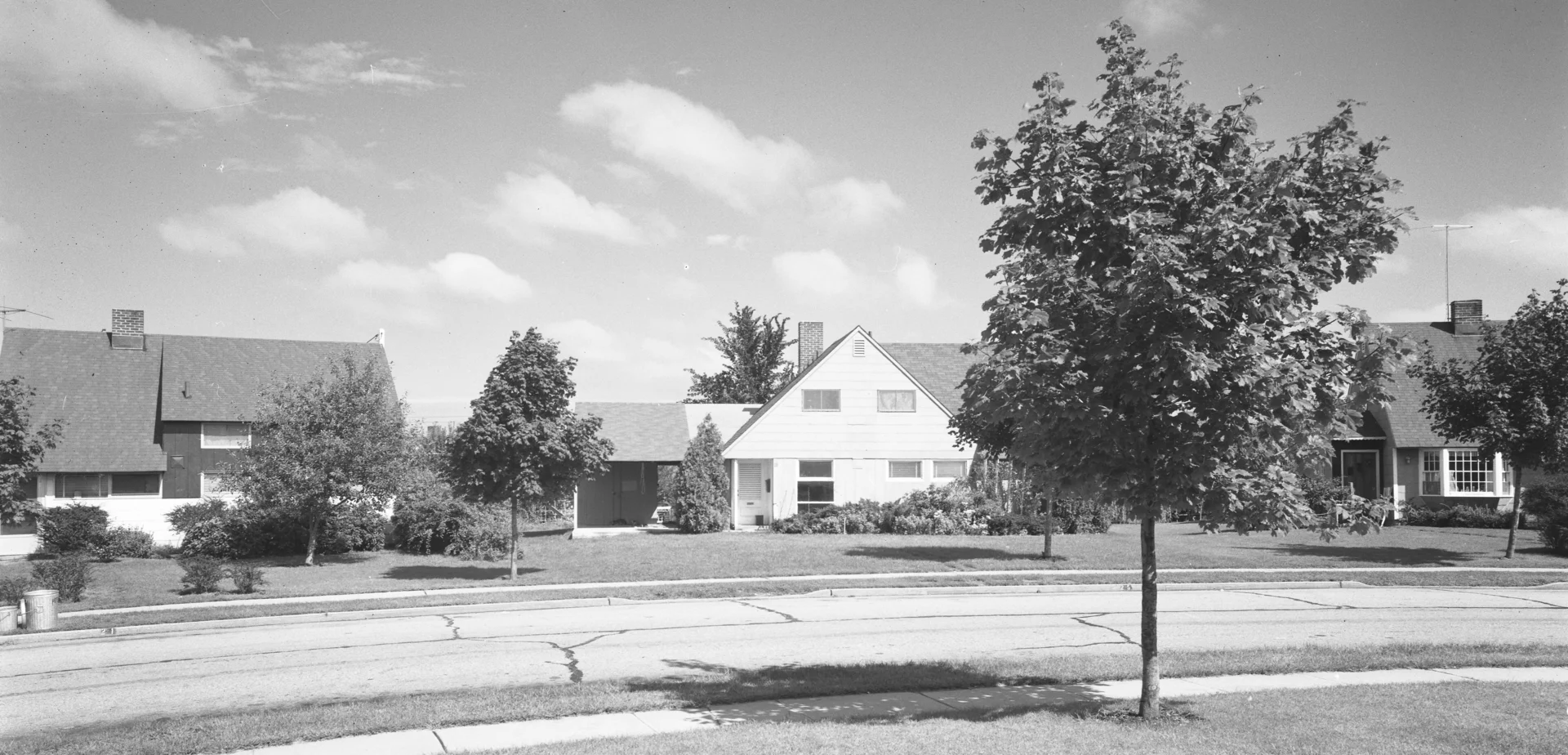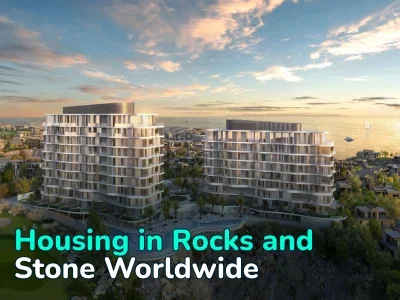
“There is less stress in horizontal cities.” An expert on why skyscrapers are no longer in fashion
The world's population has already exceeded 8 billion, and its growth is only continuing. This trend, among other things, is contributing to the development of different urban planning models. Today we will elaborate on horizontal cities, also known as single-story cities.
“The time has come for single-story cities with developed infrastructure to take the place of high-rises.”
Expanding cities have a choice: grow upward or grow outward. The first is vertical cities, where apartment buildings and skyscrapers are built to make efficient use of space; the second is horizontal cities, where the emphasis is on the comfort of people, who can expect more privacy and aesthetics in their surroundings.
Each option has its own pros and cons. But today we are going to focus on horizontal cities and learn what their concept is, how their development affects the economy, and what successful cases there are for the implementation of one-story city projects. Olga Blagoveshchenskaya, Co-Chair of the Confederation of Horizontal Cities Community, shared her expertise on these issues with us.
— What is the concept of horizontal/single-story cities, and how do they differ from traditional high-rise buildings?
— The world is cyclical: first everyone moves to cities from the suburbs, and then vice versa. Now the time has come when one-story cities with developed infrastructure are taking the place of man-buildings. In such cities, there is more air, more space, less stress, and, accordingly, a higher quality of life. It is important that everything necessary for life is located inside the city, and that all the objects were built in accordance with high-quality requirements. And of course, the cost per square meter should be equal to, or even better, lower than, the price per square meter of an apartment.
— What are the main advantages and disadvantages of designing and building horizontal cities?
— Advantages:
- Unlike urban high-rise buildings, horizontal cities are not about cutting down parks and changing the landscape, but about preserving the natural topography for the residents themselves in the first place.
- The aesthetics of the surrounding space are preserved. Even the high-rise buildings of urban centers now try to add nature. To the point of adding elements of wood even in appliances—refrigerators underwood, etc. In horizontal cities, nature surrounds you, which seriously affects your mood and condition.
- At the same time, there is all the necessary infrastructure and accessibility to big cities in a time zone of one hour.
- Another advantage is individualization. Imagine not having a one-in-a-million apartment in a skyscraper but your own home, completely customized to your personal needs and preferences.
Disadvantages:
- Lack of practical experience in many countries hinders the successful realization of such projects.
- High cost, which affects competitiveness.
- Risks of not providing the necessary infrastructure, which will entail long trips for residents to earn money or spend leisure time.
Therefore, when building horizontal cities, it is very important to create an effective financial mechanism to ensure the success of such projects. We should not forget about the creation of infrastructure that meets the interests of different age categories of residents: for example, the interests of teenagers aged 10–15 years old should be taken into account separately.
“Such cities have a positive effect on the psycho-emotional state of the residents.”
— How does the development of such cities affect the local economy? On the environmental situation?
— Positively. Firstly, horizontal cities are always about a special approach to the standard, which means a great growth of new jobs and the training of professionals. The emergence of such cities contributes to the growth of jobs, the creation of small businesses and new industries, and the formation of communities.
Second, this is a very large project, so it involves a lot of progressive people and technology.
And thirdly, horizontal cities are a kind of garden city: green standards for environmental safety and energy efficiency of houses are developed for them. Such agglomerations have a positive effect on the psycho-emotional state of residents because they have the opportunity to spend more time with their families and in nature. Therefore, such projects are always about ecology.
For reference. The garden city movement emerged in the late 19th and early 20th centuries in response to rapid urbanization and overcrowding in industrial cities. The movement promoted the idea of planned, low-density communities with single-story or low-rise buildings surrounded by green spaces. The first garden cities in the early 20th century were England's Letchworth, Brentham Garden, and Welwyn Garden City. Then the idea spread throughout Europe and the world.

Source of photo: Brentham Garden Suburb
— What are some examples of successful realizations of the concept of horizontal cities in different countries?
— The most striking example is Levittown, USA, which has seven large suburban residential complexes. Their peculiarities are absolutely identical houses, beautiful lawns, and good infrastructure. As a result, the complexes looked very aesthetically pleasing, well-maintained, and comfortable to live in. Initially, the towns were built for war veterans and sold only to them on very favorable terms. And as a result, Levittown went from one suburban complex to six, and then the concept spread across the country.
A few hallmarks of such a city:
- The house was built in 27 phases. There were many crews with narrow tasks.
- The houses are exactly the same.
- With minimal intermediaries, they tried to produce everything themselves.
- School is within reach; there is no need to cross the street.
- Any changes in the layout require the developer's permission.
- Availability of leisure centers.
In America, in general, since the second half of the twentieth century, most people have begun to move to “horizontal cities”, which are located in the suburbs.
In Russia, however, the market for community cities is just beginning its development. In fact, there are practically no (or very few) fully realized projects. Examples are Dobrograd and L-town. But we are systematically moving towards supporting and encouraging such initiatives: for example, members of the Confederation of Horizontal Community Cities will now build new horizontal cities with developed infrastructure, kindergartens, leisure centers, and a social and business environment.

Houses in Levittown in 1958 (Source: Wikipedia)
Author
I am responsible for editorial work. I write expert interviews and guides.























